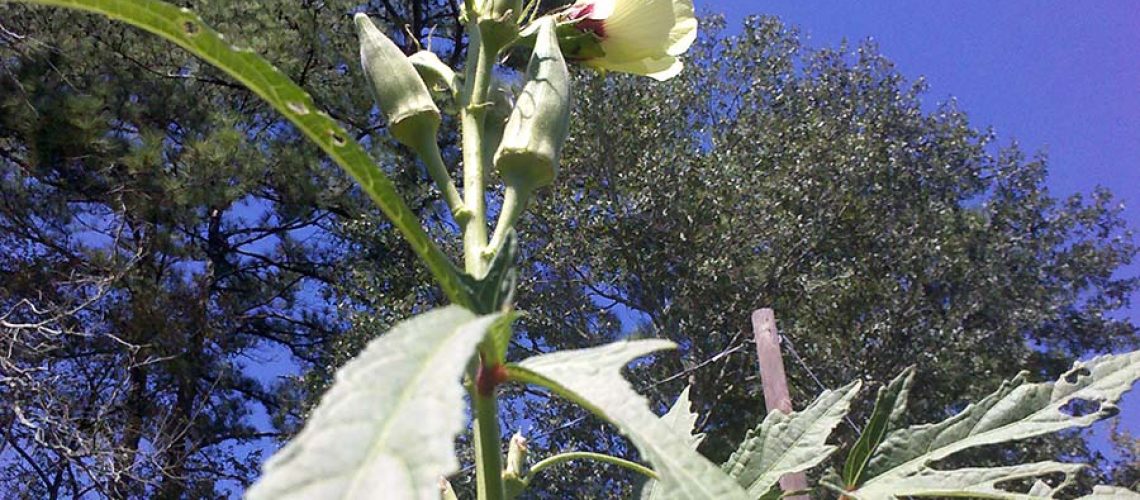The story goes that when man and woman were nomadically traveling around various prehistoric areas of the planet, some of them in certain regions realized that rather than always taking a pot luck chance at finding edible plants by foraging, they could actually settle down and farm the ones they had identified as good.
This was many thousands of years before Christ.
About 1,940 years after Christ, a Russian named Vavilov, who’d grown up in a poor village plagued by recurring crop failures and food rationing, became obsessed with ending famine in his native Russia and the world. He started collecting seeds, mostly for safekeeping, nomadic is his own way, traveling the globe. As he went he recognized that a lot of seeds from plants worth growing were found in regions that he termed ‘centers of origin’ of cultivation.
You’re following the logic, right?
These centers of origin were one and the same to the prehistoric nomad settlements who began farming efforts.
(Think of it like the perfect storm in reverse; these were places where the right climate and the right soil and the right human effort took root in domesticating wild but tamable plants.)
As it happens, one of these centers of origin was near Ethiopia and among other things such as wheat, barley, coffee, myrrh and indigo, out of this part of Africa, came a flowering plant, a vegetable in the mallow family, valued for it edible green pods. Once cultivated there, the seeds in their pods spread to southwest Asia across the Red Sea to the Arabian Peninsula.
The Arabs called it bamay.
In India and Asia they would be known as Lady Fingers.
Finally spreading to the new world, settling firmly into Southern cuisine, we would call them okra.
Down thousands of generations, the seeds true to their own kind, my garden in Hempstead has been growing okra all summer.
I would love okra even if I didn’t like it fried, boiled, and pickled.
Here’s why.
It hasn’t rained in a month at the farm, the dry sandy loam sifts like sugar through my fingers and every two days I get a mess of okra to cook or share. The leaves wilt in the blazing sun, the ants spend a little time each morning trying to suck the condensation off of pod and flower and yet, as the plants soak up the sun’s energy, they busily convert their starch and carbs into high fiber, vitamin C and folate. They pack each pod full of antioxidants, calcium, and potassium.
Lady fingers should be to pregnant women and those of child bearing years as steroids are to baseball players.
But legal. And safe. And smart.
I don’t know of a single other vegetable that gives so much and requires so little. In tropical, subtropical and warm regions they will yield bountifully until the stalks are too high for you to reach or the cold gets them.
And it’s been doing it for thousands of years.
I like to think of them growing along the Nile and in the deltas of Viet Nam. I like to think of them cooked in gumbos and soups in countries where little else can be managed.
If you need convincing on the merits of okra, come to my farm kitchen. We’ll saunter to my garden and I’ll give you a sharp knife and I’ll carry the pail. We’ll smell the basil, its oils fanned to fill the air with their summer cinnamony smell by the bees in a hurry to get theirs as we make our way. And we will pick okra. I’ll cook you a mess.
It will be hard for you to deny the merits of okra, it’s tastiness. I promise. Because while I’m figuring whether you’re a gumbo, boiled or fried kind of person, we’ll consider the nomads and adventure, and the genius of plant domestication. We’ll think on the romance of a plant, out of Africa, thousands of years ago, cooked just right in 2012, giving up all the goodness it contains…
I can cook it so you can’t resist.
I promise.







8 Responses
From one okra lover to another, thanks for the history lesson! How interesting!! My dad really enjoyed his small croplp of it this season!
Kerrie LeMasters 🙂
Pan fried orka and home grown tomatoes. One of my most favorite meals. I miss my moms fried okra I try but its not hers. Thanks for educating me on the merits of okra.
What an interesting blog! Thanks for a peek into okra’s colorful past. I love okra, any way any how. Kudos on your green (okra) thumb.
Love it-okra, the story, and memories of my Mom’s fried okra. Thanks!
I LOVE OKRA! Loved hearing all the history you shared with us. I would have never guessed. I’ve missed having okra this year. The drought here severely affected it and few people had any. I findly found “a mess” after driving for miles to and fro at local farmers markets and that “mess” cost as much as a high priced steak, but I savored every bite! Now, you have my mouth watering for more and I pray for the day that I can come to the farm and enjoy it with you. Doesn’t matter to me how its cooked! 🙂
Cousin. I love okra any way but when I was young you couldn’t have got it in my mouth by any means. I tried it for the first time boiled in my 40s. I loved it.I got it at Timex and those ladies always added a little sugar to their vegetables. Couldn’t taste the sugar but loved okra ever since. My Jan only fries it, so to get it boiled I have to eat out. Love your blog, love you cousin. See ya
I am not crazy for okra, but I may try to fry some since it sounds very nutricious ( sp?)
Oh, my Lord. Janet makes the best fried okra that I have ever tasted!!! Healing to the heart.